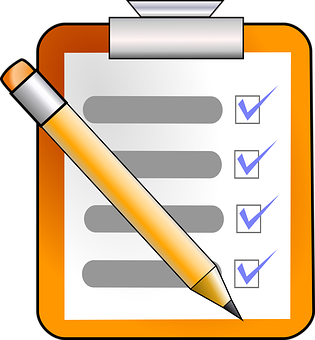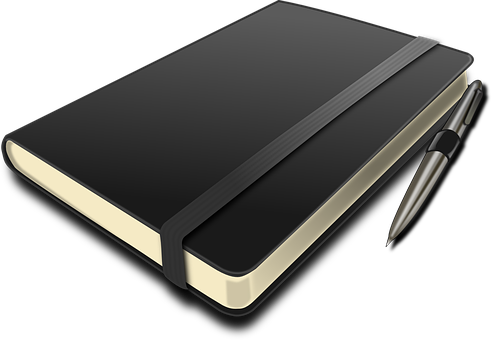Amu_Ke_Fundye
8 Tips & Tricks To Help You Remember Everyday Things!
8 Tips & Tricks To Help You Remember Everyday Things!

“Where did I leave my keys?”“What am I forgetting to buy?”“What time is that meeting?”“He just introduced himself a minute ago…and I already forgot his name.”
We all have those moments when our memory fails us on the seemingly simplest daily tasks and items to remember. Although the occasional memory loss is probably inevitable, there are ways we can reduce the number of “blank out” moments in our lives. Try using these 8 easy tricks to improve your memory for those small things in life!
1. Pay attention – Give the item you know you will need to remember your full, undivided attention when you first input it into your brain. For example, listen to the introduction being given to you instead of worrying about what you need to say after, or take some time to think about everything you need to buy before you leave your home.

2. Repeat it– With everything you need to remember, use a minute or two to repeat it over and over in your mind. This works for locations, people, inanimate objects, exam notes…anything you want to stick and stay in your brain.

3. Use your senses – When you forget something, use all of your senses to try to remember it. For example, if you forget where your first date with your significant other was, try to think about the things you touched, tasted, felt, smelled, saw, etc. It is very likely one of these sensory cues will help you remember.

4. Associate it– Use random associations that make sense to you when you need to remember something.
- Rhymes: The new guy at work called Stan goes to the beach a lot = Tan Stan.
- Mnemonics: I need to buy Beef, Ricotta cheese, Apples, Nuts, Donuts from the grocery store today = B.R.A.N.D
- Personal links: I always leave my keys on the table below the family portrait = name your keys “Family Keys”
5. Create a routine – If you need to remember something on a continuous basis, like locking the door or feeding a pet, make it a routine. Create a schedule and do the task at the exact same time in the exact same way every time you need to do it.
6. Take a break – Sometimes you need to rest your brain a little before you put it to work again. Even if something is at the tip of your tongue, overusing your brain will likely make you begin to doubt or confuse yourself.

7. Write it down – When you have too many things to remember at once, just write it down! The easiest way to “remember” is to make a concrete note. Use sticky notes, mobile device reminders, voice recordings, etc.

8. Play Fit Brains Trainer – Our app exercises stimulate your Memory, Processing Speed, Concentration, Problem-Solving, and Visual skills.
Thanks
Amrut Gupta
Comments
Post a Comment